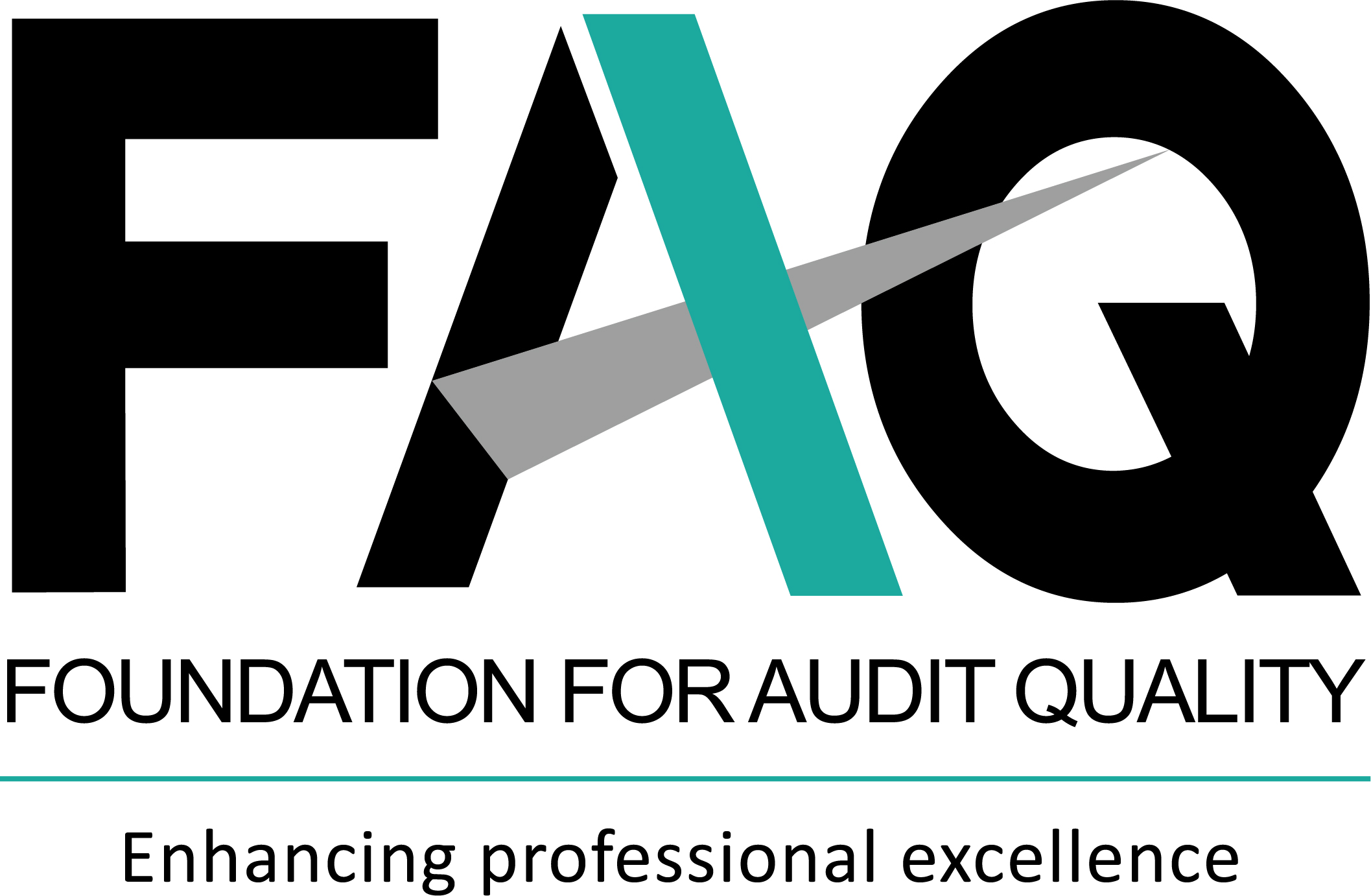Accounting updates
Updates from FASB
On 28 August 2017, the Financial Accounting Standards Board (FASB) issued Accounting Standards Update (ASU) No. 2017-12, Derivatives and Hedging (Topic 815): Targeted Improvements to Accounting for Hedging Activities. The amendments in that update made targeted improvements to the optional hedge accounting model with the objective of improving hedge accounting to better portray the economic results of an entity’s risk management activities in its financial statements.
Based on the feedback received from various stakeholders, on 28 March 2022, FASB has issued an ASU on Derivatives and Hedging (Topic 815): Fair Value Hedging-Portfolio Layer Method, intended to better align hedge accounting with an organization’s risk management strategies.
Some of the key amendments issued in this regard include:
- Allows multiple hedged layers to be designated for a single closed portfolio of financial assets or one or more beneficial interests secured by a portfolio of financial instruments. As a result, an entity can achieve hedge accounting for hedges of a greater proportion of the interest rate risk inherent in the assets included in the closed portfolio, further aligning hedge accounting with risk management strategies.
- Expanding the scope of the portfolio layer method to include non-prepayable financial assets.
- Specifying that eligible hedging instruments in a single-layer hedge may include spot-starting or forward-starting constant-notional swaps, or spot or forward-starting amortising-notional swaps and that the number of hedged layers (that is, single or multiple) corresponds with the number of hedges designated.
- Providing additional guidance on the accounting for and disclosure of hedge basis adjustments that are applicable to the portfolio layer method whether a single hedged layer or multiple hedged layers are designate.
- Specifying how hedge basis adjustments should be considered when determining credit losses for the assets included in the closed portfolio.
Effective date: The amendments in this update are effective for public business entities for fiscal years beginning after 15 December 2022, and interim periods within those fiscal years. For all other entities, the amendments are effective for fiscal years beginning after 15 December 2023, and interim periods within those fiscal years.
FASB also decided to permit early adoption on any date on or after the issuance of this update for any entity that has adopted the amendments in update 2017-12 for the corresponding period.
To access the text of the ASU, please click here
On 31 March 2022, FASB has issued an Accounting Standards Update (ASU) on Financial Instruments-Credit Losses (Topic 326): Troubled Debt Restructurings (TDRs) and Vintage Disclosures, intended to improve the decision usefulness of information provided to investors about certain loan refinancing, restructuring, and write off.
The new ASU responds to feedback received by FASB from investors and other stakeholders during the post-implementation review (PIR) of the credit losses standard. The amendments create a single model for loan modification accounting by creditors while providing improved loan modification and write off disclosures.
The amendments in the new ASU eliminate the accounting guidance for TDRs by creditors that have adopted CECL while enhancing disclosure requirements for certain loan refinancing and restructuring by creditors made to borrowers experiencing financial difficulty.
The disclosure of gross write off information by year of origination was cited by numerous investors as an essential input to their analysis. To address this feedback, the amendments in the new ASU require that a public business entity disclose current-period gross write offs by year of origination for financing receivables and net investment in leases.
Effective date: For entities that have adopted the amendments in Update 2016-13, the amendments in this update would be effective for fiscal years beginning after December 15, 2022, including interim periods within those fiscal years. For entities that have not yet adopted the amendments in update 2016-13, the effective dates for the amendments in this update are the same as the effective dates in Update 2016-13. The amendments are applicable on a prospective basis, except for in certain cases9.
- For the transition method related to the recognition and measurement of TDRs, an entity has the option to apply a modified retrospective transition method, resulting in a cumulative-effect adjustment to retained earnings in the period of adoption
To access the text of the FASB notification, please click here
Our Insights
Tools and Enablers
- Standard workpapers
- Technology tools
Resources
- Regulatory updates
-
India updates
Accounting updates
Auditing updates
Regulatory updates
-
International updates
Accounting updates
Auditing updates
Regulatory updates
-
Recap on key updates
-
Publications
India Publications
International Publications
-
Matter for auditors’ attention
-
Discussion/Consultation papers and Publications issued by regulators
India Publication
International Publication
Exposure Drafts/consultation papers
EDs/consultation papers
Matters for Consultation

